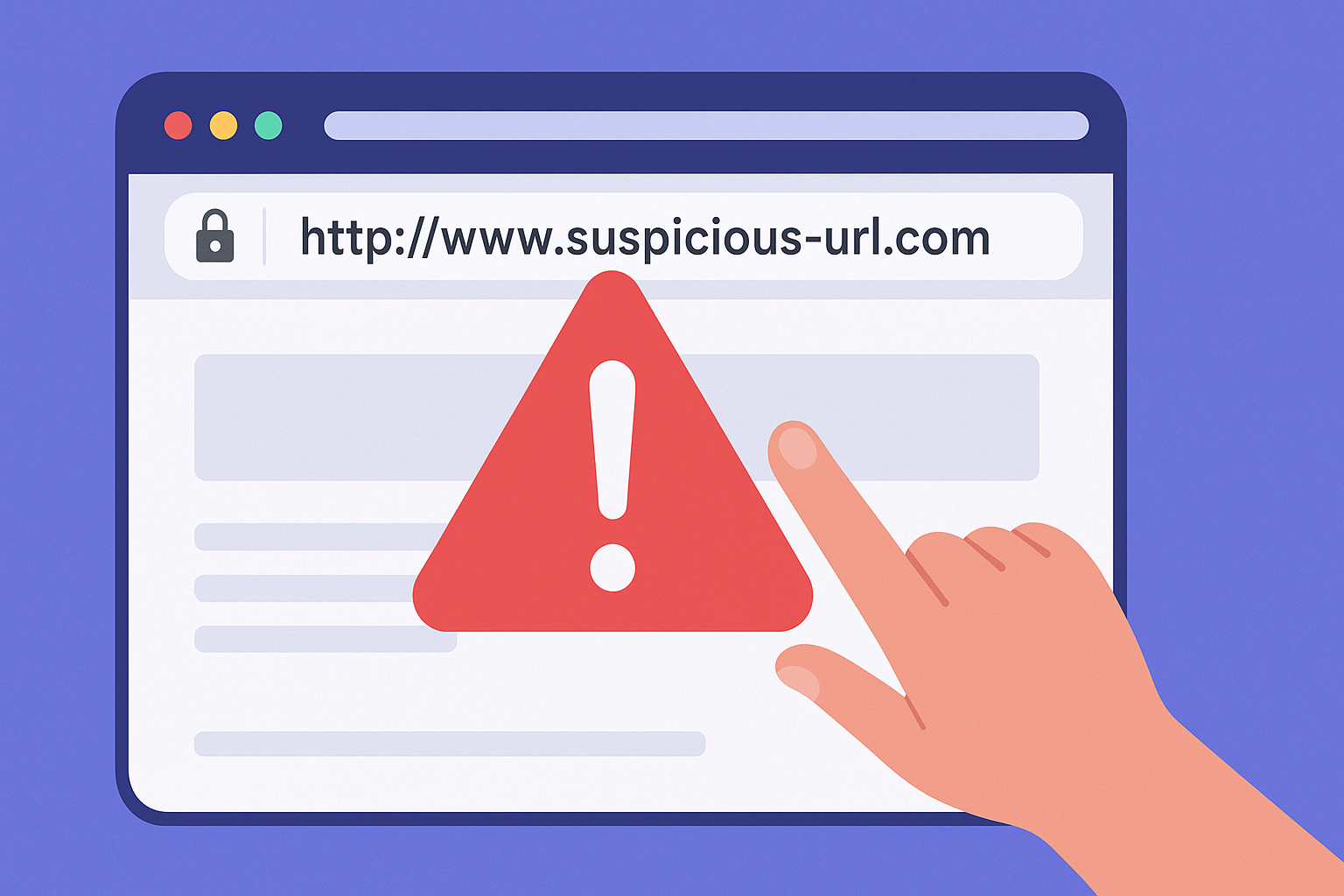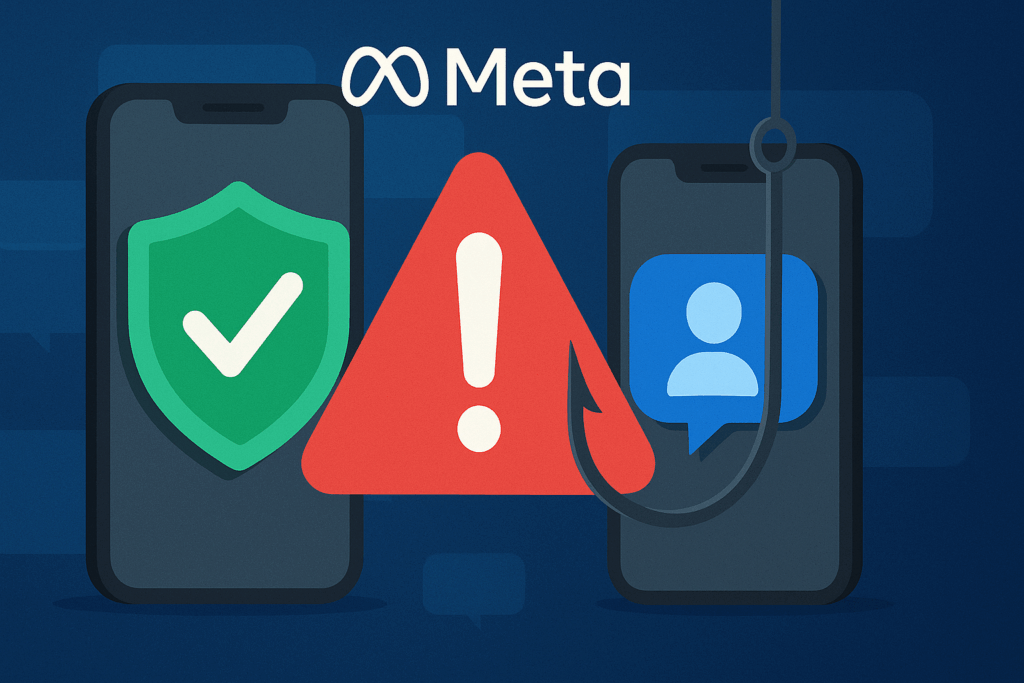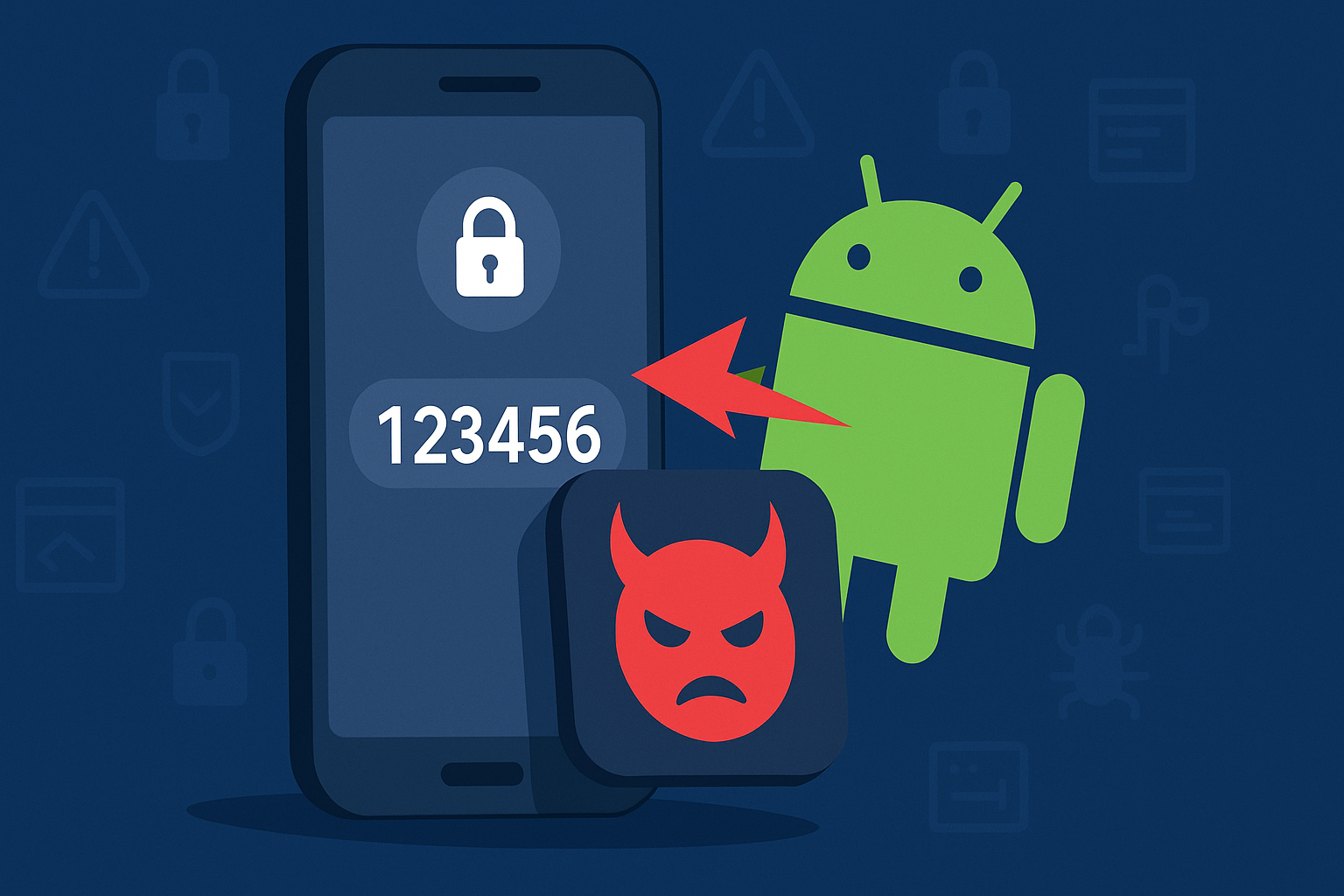Malicious websites are one of the most common ways cybercriminals trick users into giving away personal information, downloading malware, or falling victim to scams. Recognizing and verifying suspicious URLs is a key skill for anyone who wants to stay safe online. This guide explains how to check if a link is safe before clicking, using simple and reliable methods.
Why Suspicious URLs Are Dangerous
Cyber attackers often disguise harmful websites to look like trusted ones. A single careless click can lead to:
- Phishing attacks – stealing passwords, banking credentials, or other sensitive data.
- Malware infections – installing spyware, ransomware, or trojans.
- Financial loss – fraudulent transactions and scams.
By learning how to verify suspicious links, you can greatly reduce the risk of falling victim to cybercrime.
Step 1: Inspect the URL Carefully
Always hover over a link before clicking. Look for:
- Misspellings (e.g.,
goggle.cominstead ofgoogle.com). - Strange domains (e.g.,
.ruor.infowhen you expect.com). - Unnecessary characters (e.g., random numbers or hyphens).
👉 If the URL looks slightly off, treat it as suspicious.
Step 2: Use Online URL Scanners
Several free online tools analyze links for threats. Simply copy and paste the URL:
These services check the website against multiple databases of known malicious domains.
Step 3: Check HTTPS and Security Certificates
Safe websites should use HTTPS (not just HTTP). Look for the padlock symbol in the browser bar.
- If the site does not use HTTPS, it may not encrypt your data.
- Click on the padlock to view the security certificate and confirm the domain matches the website you expect.
Step 4: Use Browser Security Features
Modern browsers like Chrome, Firefox, and Edge include built-in protections:
- Phishing and malware warnings – do not ignore them.
- Safe Browsing mode – ensures harmful sites are automatically blocked.
- Extensions and add-ons – such as URL scanners or reputation checkers.
Step 5: Trust Your Instincts
Cybercriminals rely on urgency and fear. If a link comes from an unknown sender, seems too good to be true, or pressures you to act quickly, don’t click it.
Best Practices for Staying Safe Online
- Keep your browser and antivirus software up to date.
- Never download files from unverified websites.
- Double-check links in emails and messages before clicking.
- Bookmark trusted sites to avoid fake copies.
Conclusion
Suspicious URLs are one of the most common cybersecurity threats, but with a few simple checks, anyone can identify and avoid them. By inspecting the link, using online scanners, verifying HTTPS, and trusting your instincts, you can dramatically improve your online safety.
Stay cautious, stay secure.







